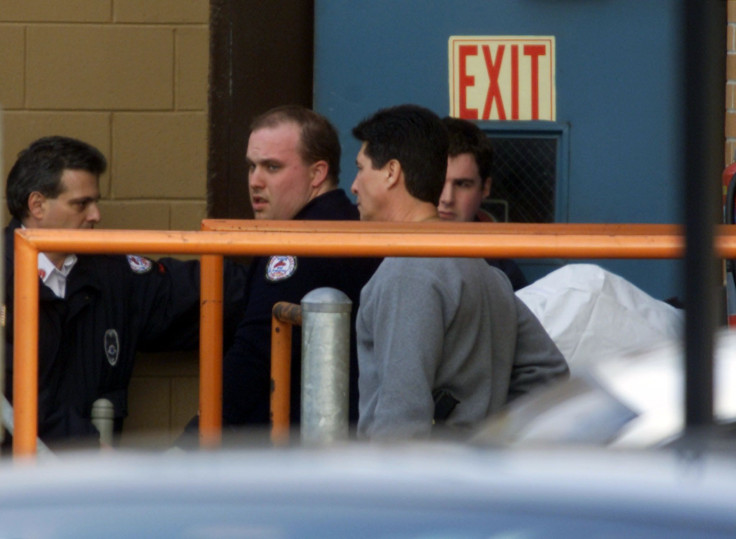Vester Flanagan Video Deaths: A History Of Workplace Shootings, Violence Across The United States

After a former employee fatally shot a morning news reporter and a photographer with the WDBJ-TV station in Roanoke, Virginia, Wednesday morning, the general manager of the station went on the air to say that former employee Vester Lee Flanagan, who reported under the name Bryce Williams, was an unhappy man who was often hard to work with. The suspect had apparently posted videos that depicted the moments leading up to the shooting of Alison Parker and Adam Ward.
“Vester was an unhappy man," said Jeff Marks, WDBJ7’s general manager, live on TV Wednesday. "We employed him as a reporter and he had some talent in that respect and some experience, although he had been out of the business for a while. When he was hired here, he quickly gathered a reputation as someone who was difficult to work with. He was sort of looking out for people to say things that he could take offense to.”
The shooting was just one instance of tragic workplace violence in the United States within the past 12 months. On Sept. 22, 2014, Kerry Joe Tesney walked into a UPS shipping center in Birmingham, Alabama, where he had been fired the day before, and killed two of his former co-workers. He afterward turned the gun on himself, USA Today reported.
Shooting suspect Vester Flanagan posted graphic shooting details on Twitter and Facebook. http://t.co/pMaBMPKnW7
— USA TODAY (@USATODAY) August 26, 2015Just days later, Alton Nolen, who had just been laid off from a food processing plant in Oklahoma City, allegedly walked into the plant and beheaded one of his former co-workers, the Washington Post reported. The same day, Brian Howard, a communications contractor, allegedly set fire to an Illinois air traffic control center where he was working to kill himself and take out the center.
Workplace shootings aren’t a recent phenomenon. In 2001, a man who was about to serve a prison term for stealing from the diesel engine plant where he had worked killed four of his former co-workers at the plant before killing himself.
Often, when a disgruntled employee goes on a killing rampage in a workplace, it's called “going postal,” a phrase that dates back to 1986 when Patrick Sherrill, a part-time letter carrier, killed 14 people at a post office in Edmond, Oklahoma, just north of Oklahoma City. He killed himself in the shooting, leaving his motive a mystery.
A total of 9 percent of all workplace deaths in 2013 were classified as homicides, CNN reported. In that year, 397 workplace deaths were homicides, and four-fifths of the victims died from gunshot wounds. For women, homicide is the second leading cause of death in the workplace. The only cause ahead of it is roadway accidents.
More often than not, workplace related deaths aren't caused by the workplace's own employees. The Federal Bureau of Investigation says about 80 percent of workplace homicides are caused by other factors, such as a convenience store owner being shot in a robbery, CNN reported.
More than 56 percent of workplace killings involve blue-collar workers. Most occur in either a factory or a warehouse, while roughly 8 percent take place at universities, colleges or schools.
Man sought in WDBJ shooting is Vester Flanagan, police say. Ex-station worker says Flanagan also known as ex-WDBJ reporter Bryce Williams.
— CNN Breaking News (@cnnbrk) August 26, 2015© Copyright IBTimes 2024. All rights reserved.





















